Polished performances resurrect jam band magic
 It’s funny how you can totally misread a band’s internal chemistry. Like many people, I had always placed Trey Anastasio as the creative heart of Phish. It’s a natural mistake; he’s acted as the front man, wrote most of the songs (along with lyricist Tom Marshall) and covered the bulk of the singing. This is not to dismiss the rest of the band; Mike Gordon, Page McConnell, and Jon Fishman were all vital to Phish’s live sound and contributed their own material, too, but Anastasio seemed to be the center. In the years since Phish went on hiatus in 2004 and then returned in 2009, this seemed especially true. The band’s last album, Joy, reflected more of Anastasio’s tumultuous history rather than the band’s classic strengths.
It’s funny how you can totally misread a band’s internal chemistry. Like many people, I had always placed Trey Anastasio as the creative heart of Phish. It’s a natural mistake; he’s acted as the front man, wrote most of the songs (along with lyricist Tom Marshall) and covered the bulk of the singing. This is not to dismiss the rest of the band; Mike Gordon, Page McConnell, and Jon Fishman were all vital to Phish’s live sound and contributed their own material, too, but Anastasio seemed to be the center. In the years since Phish went on hiatus in 2004 and then returned in 2009, this seemed especially true. The band’s last album, Joy, reflected more of Anastasio’s tumultuous history rather than the band’s classic strengths.
But listening to Mike Gordon’s latest solo project, it’s strikingly clear just how wrong that analysis is. Sure, Anastasio may have dragged Phish down a bit on their last release, but Gordon’s songs on Overstep find the band’s old magic and it’s easy to imagine these tunes drifting into expansive live jams. In fact, “Yarmouth Road” and “Say Something” both turned up in Phish setlists last year. Maybe it’s a case of osmosis, but Gordon seems to have picked up a fair amount of his bandmate’s compositional approach. Take “Ether”, for instance. Once it winds its way past the ambient intro, it has a taste of Anastaio’s “Cayman Review” before it slips into the same lazy zone of Phish classics like “If I Could” (Hoist) or “Horn” (Rift). Similarly, “Paint” would fit well into that same era as one of those bridge songs that work well in the studio, but really shine on stage. With the descending repetition of the title, it would be easy to hear them slide the tune into a cover of David Bowie’s “Fame”.
But even if Overstep’s tunes can’t shake the comparisons, it is not a Phish album in disguise. Gordon took plenty of steps to ensure that. The biggest decision was bringing in producer Paul Q. Kolderie (Morphine, Radiohead), who brought a very polished sound to the album. Each sonic element is carefully preserved, making it easy to pick and choose the focus at any time. The vocals in particular are isolated cleanly, which adds to the impact on tracks like “Face”, where the backing harmonies meld but can still be separated. This clarity, though, comes at the cost of losing casual spontaneity. Another key choice was limiting the core personnel to Gordon’s longtime collaborator Scott Murawski (guitar and vocals) and Matt Chamberlain (drums). In addition to bass and vocals, Gordon adds guitar and organ. While the arrangements are anything but stark and stripped down, having fewer creative agents involved also contributes to the carefully constructed ambiance.
Despite the stylistic cues that Gordon can’t help but bring, Murawski and Chamberlain make no particular effort to cater to those expectations. That sets up some great tunes that break the jam band pattern. “Peel” stands out the most, creating a moody tension that circles around a one-drop guitar chank, winding tighter and tighter. Gordon’s bass is simple and repetitive, offering little respite. The faint shimmers of feedback and tone at the edges add to the otherworldly feel. Even when a song does lean back to type, Murawski makes his own solo statement, without worrying about WWTD: what would Trey do? On “Long Black Line”, he sets a steady accompaniment. Then, for his two leads, he opts for very tasteful melodic lines that rely on simple modal playing. Rather than drifting far afield like Anastasio tends to do, he keeps it bounded, staying in service to the song. Gordon seems inspired by the performance, adding plenty of interesting fills, but he keeps the bass similarly constrained during the vocals, waiting until the very end to close on a sweet flurry of notes.
If there are listeners that are not convinced that Gordon deserves a lot more credit for Phish’s creative vision after listening to Overstep, then they must see him little more than impressionable clay, formed by his role in the band. But spending some time with this album and Anastasio’s last couple of releases, it’s easy to see who has the more interesting set of ideas and stronger tunes.
(This review first appeared on Spectrum Culture)
 It’s funny how you can totally misread a band’s internal chemistry. Like many people, I had always placed Trey Anastasio as the creative heart of Phish. It’s a natural mistake; he’s acted as the front man, wrote most of the songs (along with lyricist Tom Marshall) and covered the bulk of the singing. This is not to dismiss the rest of the band; Mike Gordon, Page McConnell, and Jon Fishman were all vital to Phish’s live sound and contributed their own material, too, but Anastasio seemed to be the center. In the years since Phish went on hiatus in 2004 and then returned in 2009, this seemed especially true. The band’s last album, Joy, reflected more of Anastasio’s tumultuous history rather than the band’s classic strengths.
It’s funny how you can totally misread a band’s internal chemistry. Like many people, I had always placed Trey Anastasio as the creative heart of Phish. It’s a natural mistake; he’s acted as the front man, wrote most of the songs (along with lyricist Tom Marshall) and covered the bulk of the singing. This is not to dismiss the rest of the band; Mike Gordon, Page McConnell, and Jon Fishman were all vital to Phish’s live sound and contributed their own material, too, but Anastasio seemed to be the center. In the years since Phish went on hiatus in 2004 and then returned in 2009, this seemed especially true. The band’s last album, Joy, reflected more of Anastasio’s tumultuous history rather than the band’s classic strengths.But listening to Mike Gordon’s latest solo project, it’s strikingly clear just how wrong that analysis is. Sure, Anastasio may have dragged Phish down a bit on their last release, but Gordon’s songs on Overstep find the band’s old magic and it’s easy to imagine these tunes drifting into expansive live jams. In fact, “Yarmouth Road” and “Say Something” both turned up in Phish setlists last year. Maybe it’s a case of osmosis, but Gordon seems to have picked up a fair amount of his bandmate’s compositional approach. Take “Ether”, for instance. Once it winds its way past the ambient intro, it has a taste of Anastaio’s “Cayman Review” before it slips into the same lazy zone of Phish classics like “If I Could” (Hoist) or “Horn” (Rift). Similarly, “Paint” would fit well into that same era as one of those bridge songs that work well in the studio, but really shine on stage. With the descending repetition of the title, it would be easy to hear them slide the tune into a cover of David Bowie’s “Fame”.
But even if Overstep’s tunes can’t shake the comparisons, it is not a Phish album in disguise. Gordon took plenty of steps to ensure that. The biggest decision was bringing in producer Paul Q. Kolderie (Morphine, Radiohead), who brought a very polished sound to the album. Each sonic element is carefully preserved, making it easy to pick and choose the focus at any time. The vocals in particular are isolated cleanly, which adds to the impact on tracks like “Face”, where the backing harmonies meld but can still be separated. This clarity, though, comes at the cost of losing casual spontaneity. Another key choice was limiting the core personnel to Gordon’s longtime collaborator Scott Murawski (guitar and vocals) and Matt Chamberlain (drums). In addition to bass and vocals, Gordon adds guitar and organ. While the arrangements are anything but stark and stripped down, having fewer creative agents involved also contributes to the carefully constructed ambiance.
Despite the stylistic cues that Gordon can’t help but bring, Murawski and Chamberlain make no particular effort to cater to those expectations. That sets up some great tunes that break the jam band pattern. “Peel” stands out the most, creating a moody tension that circles around a one-drop guitar chank, winding tighter and tighter. Gordon’s bass is simple and repetitive, offering little respite. The faint shimmers of feedback and tone at the edges add to the otherworldly feel. Even when a song does lean back to type, Murawski makes his own solo statement, without worrying about WWTD: what would Trey do? On “Long Black Line”, he sets a steady accompaniment. Then, for his two leads, he opts for very tasteful melodic lines that rely on simple modal playing. Rather than drifting far afield like Anastasio tends to do, he keeps it bounded, staying in service to the song. Gordon seems inspired by the performance, adding plenty of interesting fills, but he keeps the bass similarly constrained during the vocals, waiting until the very end to close on a sweet flurry of notes.
If there are listeners that are not convinced that Gordon deserves a lot more credit for Phish’s creative vision after listening to Overstep, then they must see him little more than impressionable clay, formed by his role in the band. But spending some time with this album and Anastasio’s last couple of releases, it’s easy to see who has the more interesting set of ideas and stronger tunes.
(This review first appeared on Spectrum Culture)
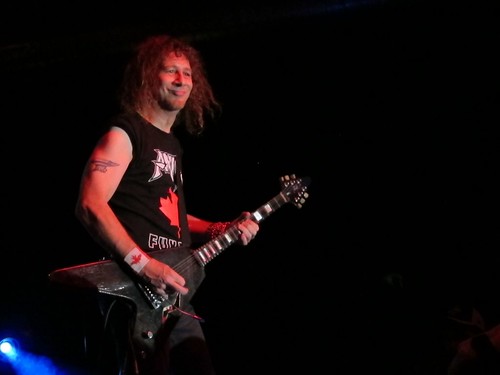
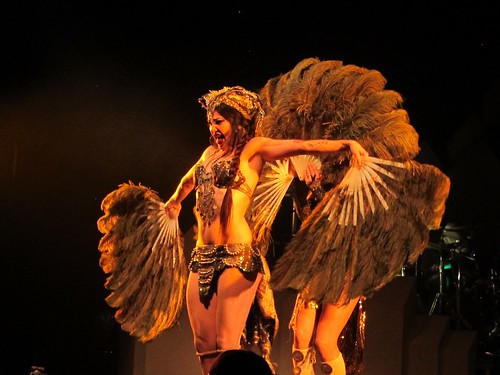
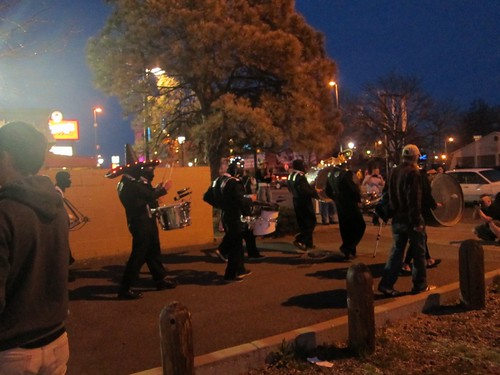
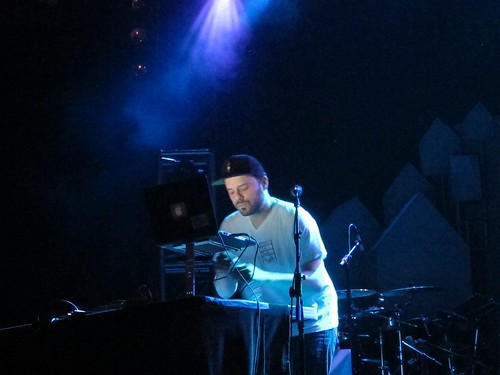


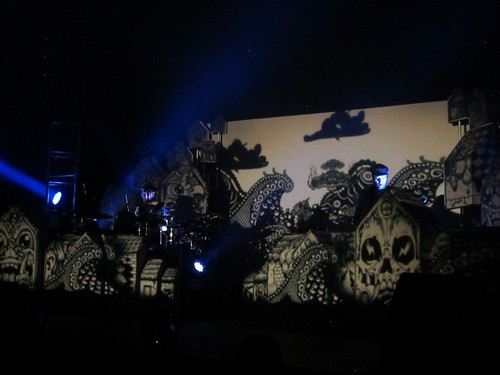

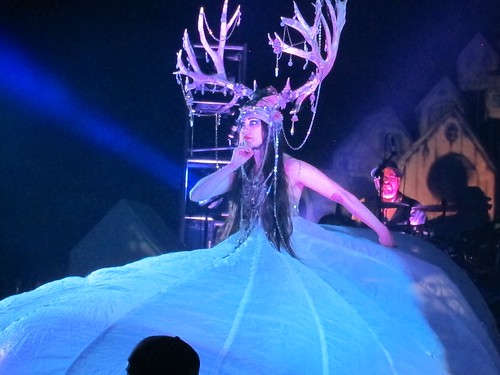
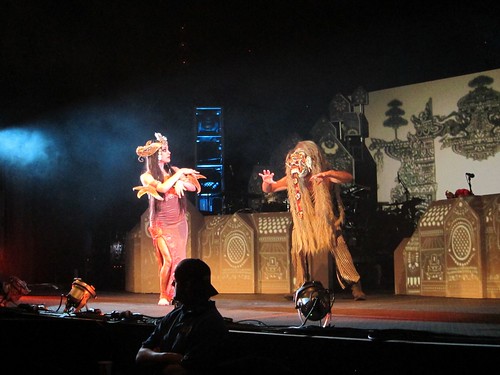
 Sometimes, it seems like hip hop has become a kind of musical cilantro or bacon. It’s the hipster ingredient to add to any tired or bland project to give it a spark of relevance. Mashed up the other way, pairing a rap delivery with an unexpected backing track (Classical! Country!), the juxtaposition usually serves as an ironic in-joke. It’s not really even clever anymore, and I’ve gotten tired of strained cross-breeding that tries to pass itself off as creativity. Which brings us to
Sometimes, it seems like hip hop has become a kind of musical cilantro or bacon. It’s the hipster ingredient to add to any tired or bland project to give it a spark of relevance. Mashed up the other way, pairing a rap delivery with an unexpected backing track (Classical! Country!), the juxtaposition usually serves as an ironic in-joke. It’s not really even clever anymore, and I’ve gotten tired of strained cross-breeding that tries to pass itself off as creativity. Which brings us to  Can a 50-year-old man write anything relevant about Miley Cyrus’ musical and cultural significance? Well, if he has a teenage daughter, he might have enough of a clue to get his bearings. But otherwise he’s stuck with an outsider’s perspective.
Can a 50-year-old man write anything relevant about Miley Cyrus’ musical and cultural significance? Well, if he has a teenage daughter, he might have enough of a clue to get his bearings. But otherwise he’s stuck with an outsider’s perspective.  Working in the cube-farms of corporate America in 2002, pleasures were hard to come by and distraction was a blessing. I don’t even know where I first came across “
Working in the cube-farms of corporate America in 2002, pleasures were hard to come by and distraction was a blessing. I don’t even know where I first came across “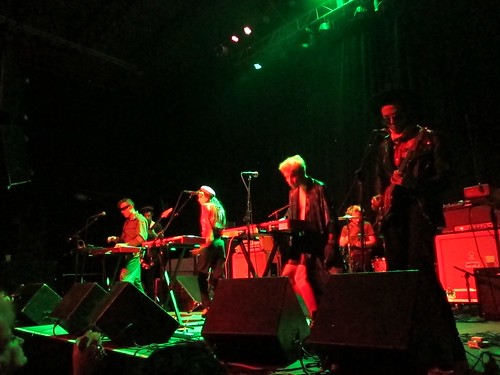
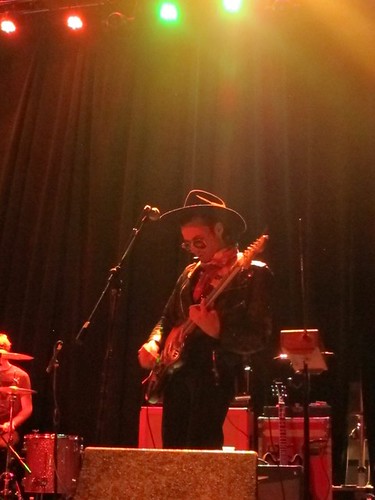



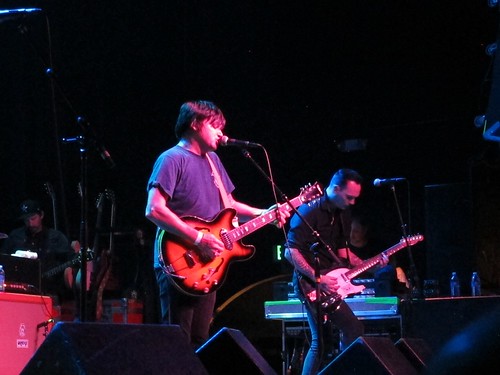
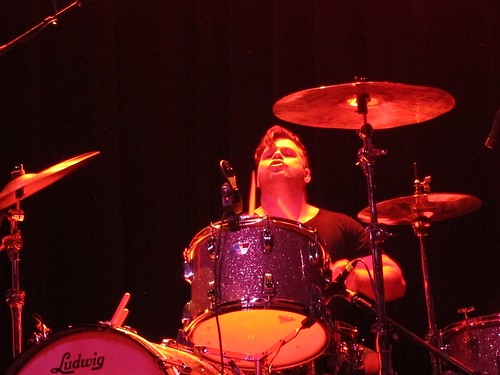

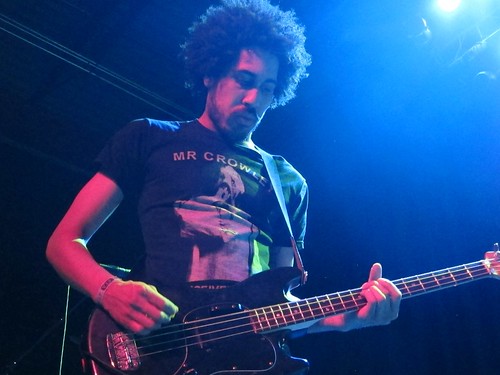
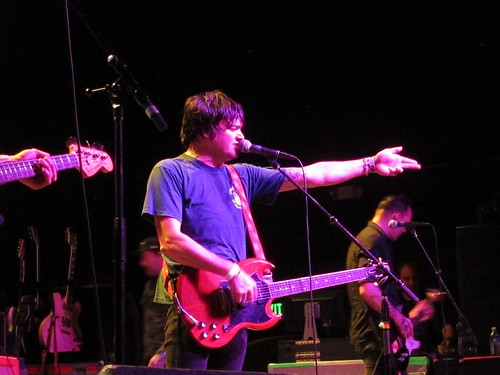
 Do you believe in coincidence? Most people don’t. We’re hardwired to find patterns and connections and it’s almost impossible for us to accept that those relationships might exist only in our minds. With their latest release, Tomorrow’s Hits,
Do you believe in coincidence? Most people don’t. We’re hardwired to find patterns and connections and it’s almost impossible for us to accept that those relationships might exist only in our minds. With their latest release, Tomorrow’s Hits, 
.jpg) I may be a little out of touch – does ProTools have simple push-button production filters for classic sounds of the past? Instagram has settings for 1970s snapshots (1977) and washed out Polaroids (Earlybird), so it’s not that far-fetched to imagine virtual knobs for dialing in “1983 new wave” or “metal power ballad”. If it were that simple, it would explain why Cheatahs have saturated their sound with “late ‘80s British shoegaze”, maybe tempered with a light dusting of ”early ‘90s alt rock”. Their eponymous debut leads off with a brief flirtation with feedback that serves as a prelude to the first real song on the album, “
I may be a little out of touch – does ProTools have simple push-button production filters for classic sounds of the past? Instagram has settings for 1970s snapshots (1977) and washed out Polaroids (Earlybird), so it’s not that far-fetched to imagine virtual knobs for dialing in “1983 new wave” or “metal power ballad”. If it were that simple, it would explain why Cheatahs have saturated their sound with “late ‘80s British shoegaze”, maybe tempered with a light dusting of ”early ‘90s alt rock”. Their eponymous debut leads off with a brief flirtation with feedback that serves as a prelude to the first real song on the album, “